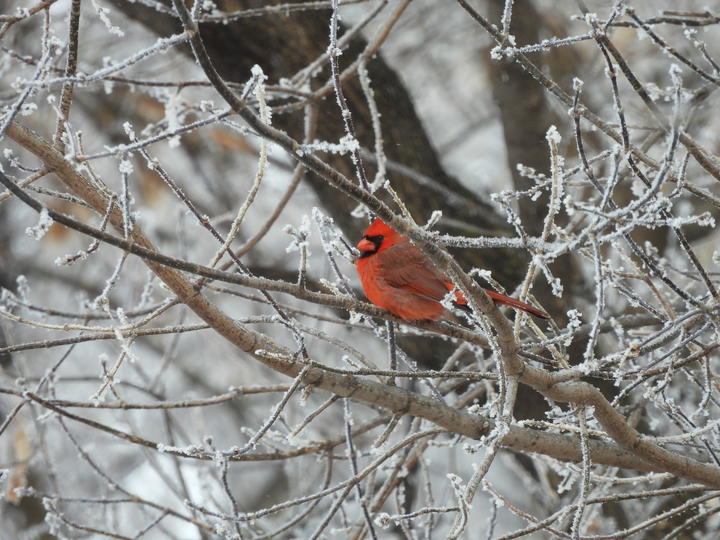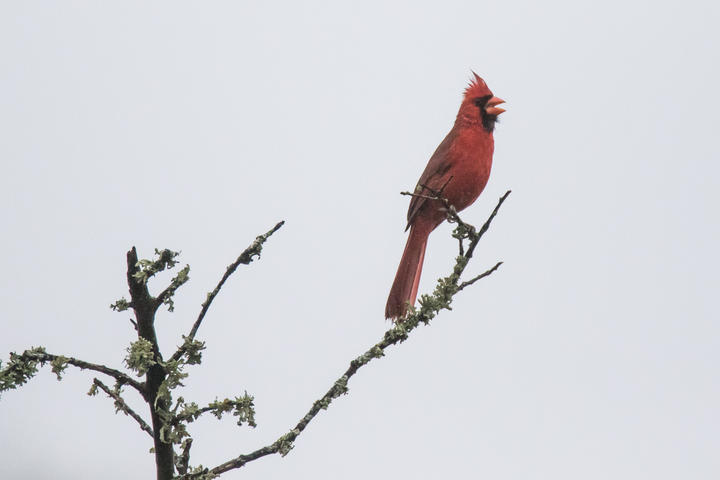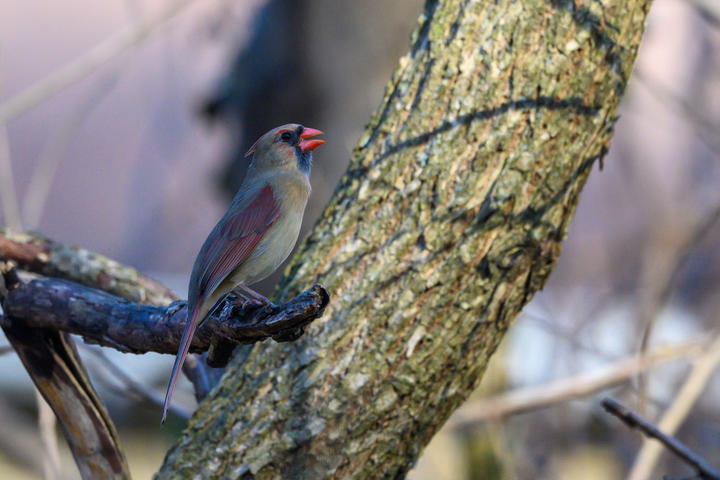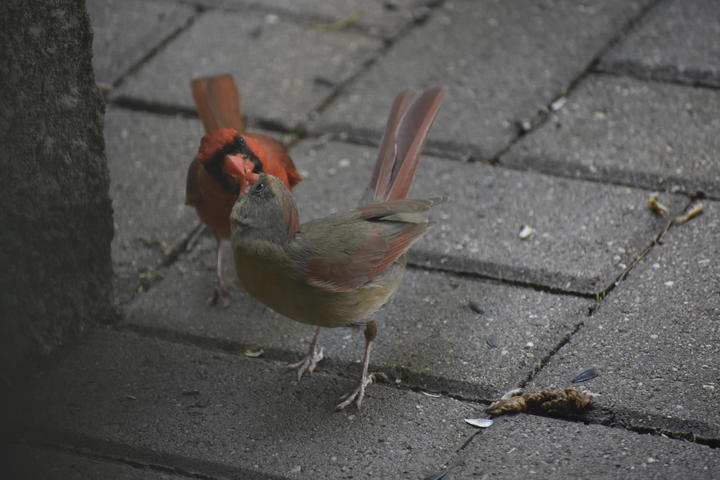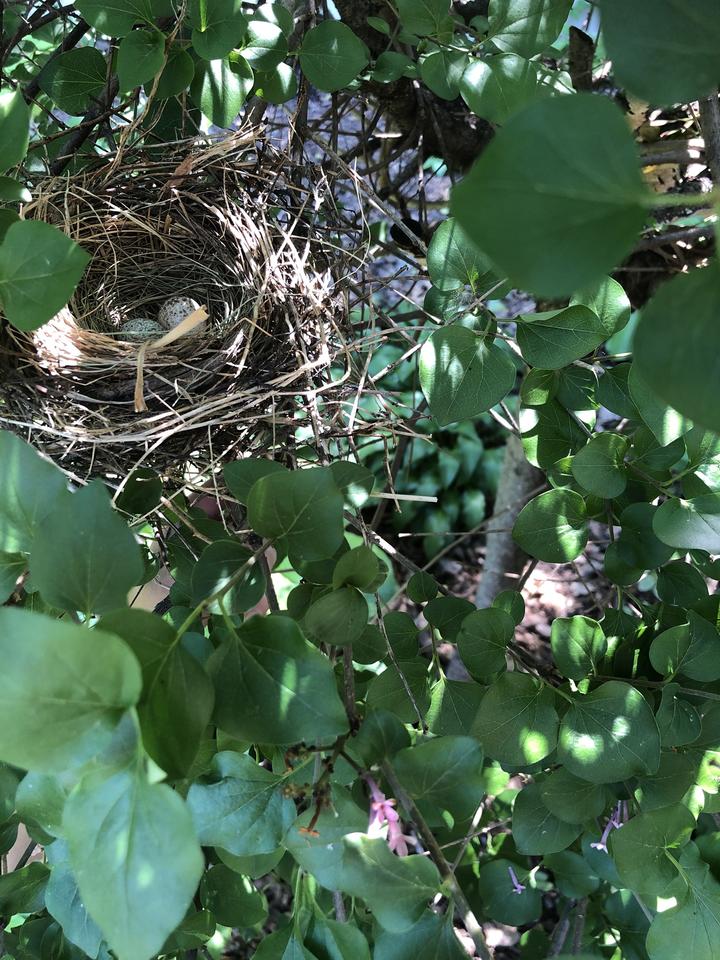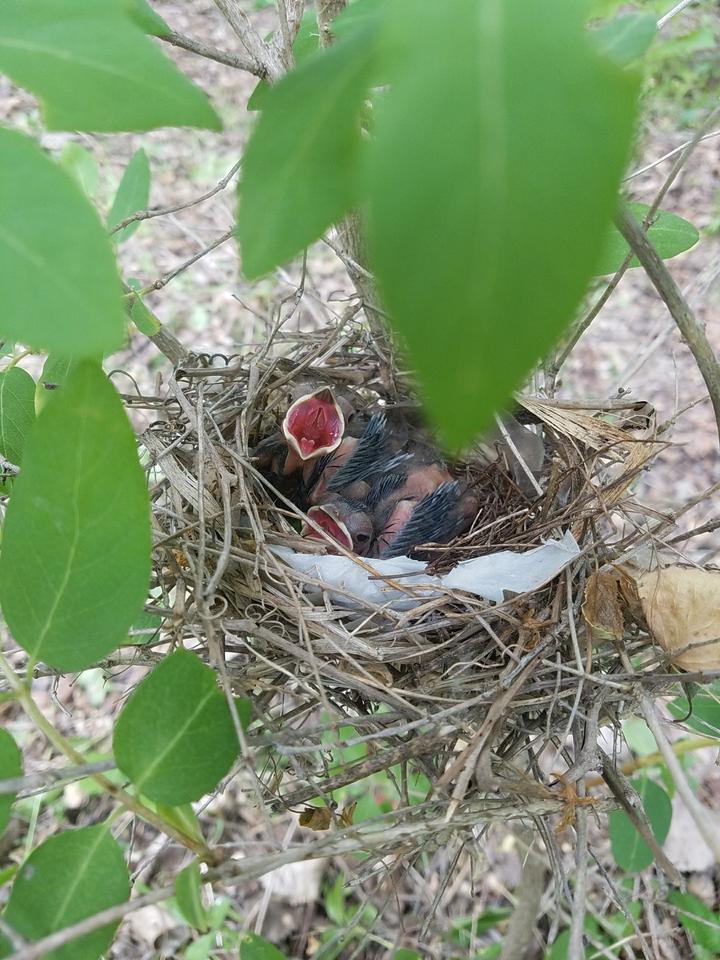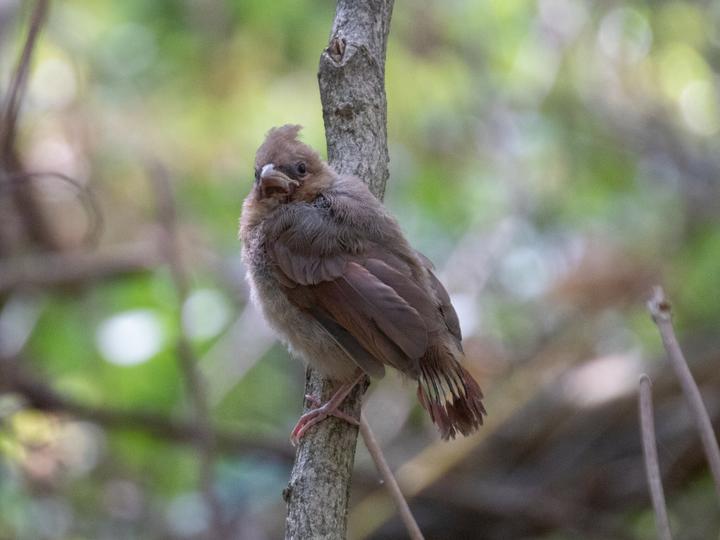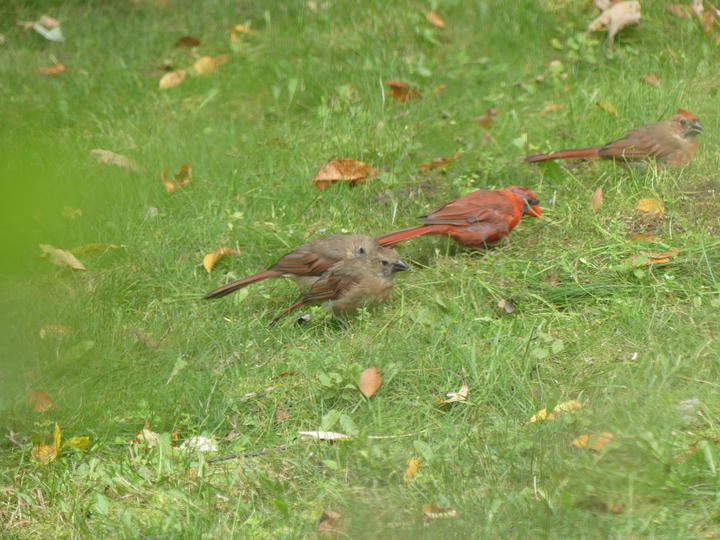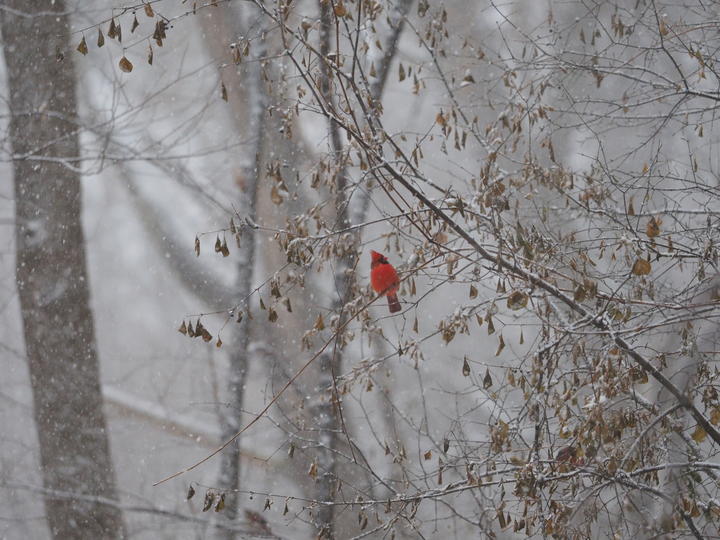More names for this bird
Anishinaabemowin: Misko-bineshiinh
Dakota: Pebduta
The Dakota and Anishinaabe were among the earliest people to name Minnesota’s plants and animals, as well as to understand them in relation to Minnesota’s climate and seasons. Those original names are still in use, and several are included on the Season Watch website.
Latin (or scientific name): Cardinalis cardinalis
The scientific community has a convention of assigning agreed-upon Latin names to every kind of organism. Using scientific names helps people communicate confidently about the same organism and organize lifeforms based on how closely related they are.
French: Cardinal rouge
Spanish: Cardenal norteño
More common names: Redbird, Virginia nightingale
Page contents
About the northern cardinal
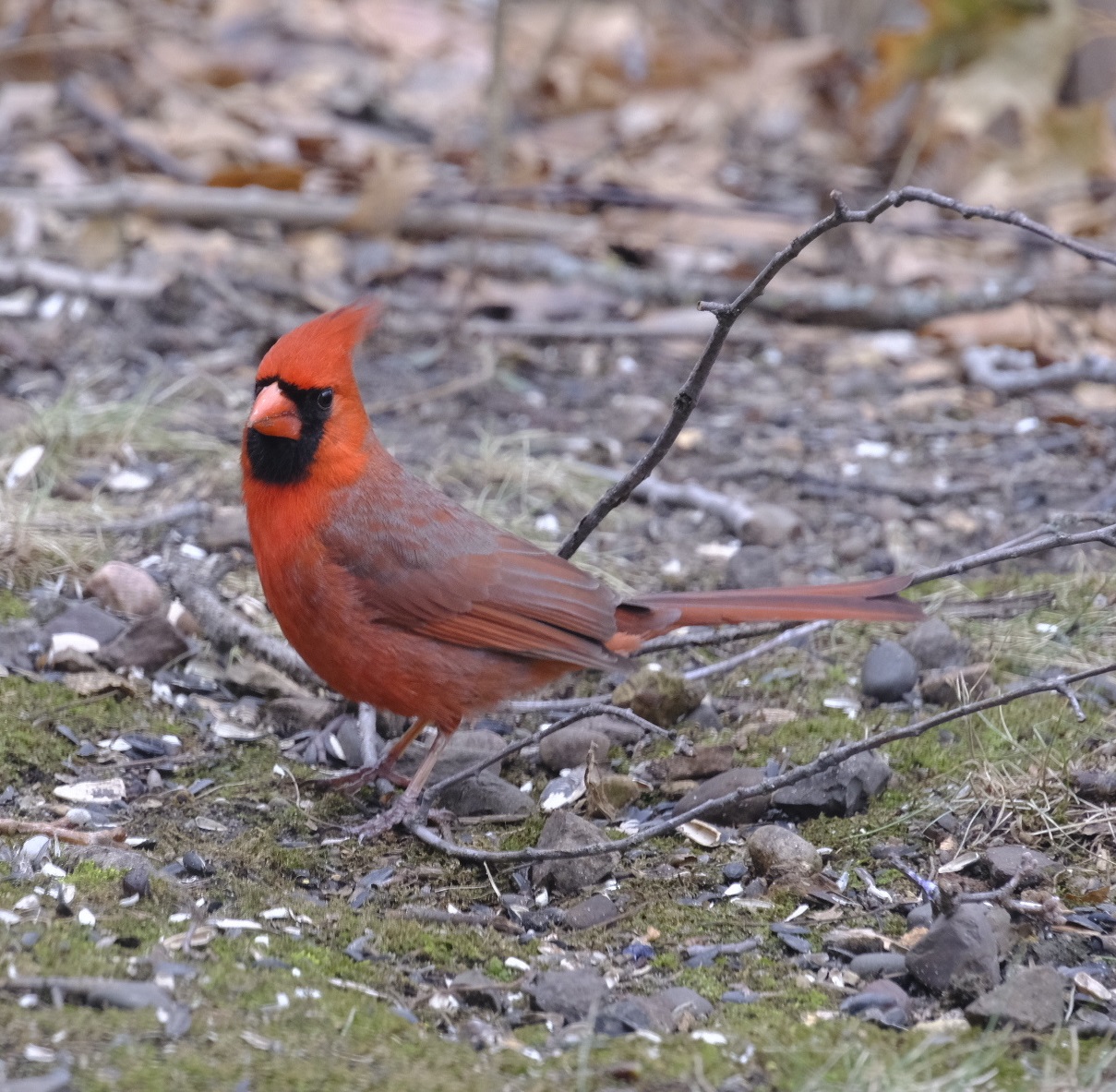
March 25, 2022, Scott County, Minnesota
Photo © peterbregman, some rights reserved (CC-BY-NC)
iNaturalist observation
About the northern cardinal
- The northern cardinal is a songbird between the size of a sparrow and robin with a thick, short bill, a crest, and long tail.
- The male is bright red with a black mask around its bill. The female has a grayer mask around the bill and is pale brown all over with hints of red on the crest, tail and wings.
- Adults eat mostly seeds and fruit throughout the year, including sunflower seeds (at feeders), wild grape, hackberry, sumac, various grasses and corn. However, nestlings are fed mostly insects.
- Fun facts: Males are extremely territorial during breeding seasons and will attack their own reflection in windows or even car mirrors.
- Northern cardinals do not migrate.
Visual guide to phenology
Unlike some birds, adult northern cardinals do not migrate or undergo visibly obvious changes in their plumage or bill color. Watch for changes in cardinal behavior at different times of year. Also pay attention to when young-of-year appear and develop.
Note to observers
This page explains general clues to watch and listen for when observing northern cardinal phenology. However, this page does not explain how to identify this bird or collect data in a standardized way.
- For help with identification, see The Cornell Lab's All About Birds.
- For guidance on collecting data, see Nature’s Notebook.
Audio resources
Visit All About Birds for recordings of songs and calls by northern cardinals.
Graphs and historical data
Note: The Orientation Center provides a map, as well as information on reading graphs; interpreting summary statistics, who collected the data and how; and how to download datasets for independent exploration.
First courtship
- Earliest: January 28 (occurred in 2013)
- Average: February 19
- Latest: March 13 (occurred in 2005)

More resources
Keep exploring Season Watch
Keep exploring Season Watch
Co-author: Jayme Hogan, Minnesota Master Naturalist
